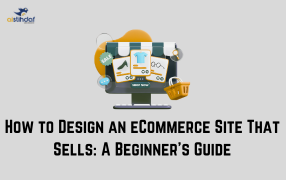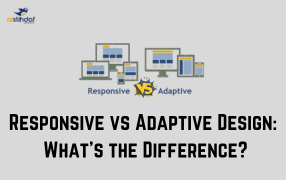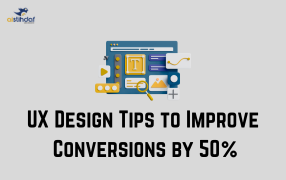
5 Important Steps to Notice While Designing an E-commerce Website
Designing an e-commerce website is a crucial step in creating a successful online business. A well-designed site not only attracts visitors but also converts them into customers. Here are five key steps to consider when designing your e-commerce website. 1. User Experience (UX) First User experience should be at the forefront of your design. Your website should be intuitive and easy to navigate, allowing users to find what they need quickly. Use clear categories and subcategories to organise products. Implement a search function that offers suggestions as users type. The goal is to minimise friction in the shopping process. Remember, a positive UX can significantly reduce cart abandonment rates. 2. Responsive Design With more consumers shopping on mobile devices, having a responsive design is non-negotiable. Your e-commerce site should adapt seamlessly to different screen sizes, ensuring that all elements—images, text, buttons—are easy to read and interact with. Test your design on various devices to ensure a consistent experience. A mobile-friendly site not only enhances user satisfaction but also boosts your SEO rankings, as search engines favour mobile-optimised sites. 3. High-Quality Visuals In e-commerce, visuals play a pivotal role in influencing purchase decisions. Use high-quality images that showcase your products from multiple angles. Consider adding zoom functionality or 360-degree views to give customers a better understanding of what they’re buying. Including lifestyle images can also help customers visualise how the products fit into their lives. Remember, the more appealing the visuals, the higher the chances of conversion. 4. Streamlined Checkout Process A complicated checkout process can lead to cart abandonment. Aim for a streamlined, user-friendly checkout experience. Minimise the number of steps required to complete a purchase—ideally, aim for a single-page checkout. Offer guest checkout options to avoid forcing users to create an account. Additionally, provide multiple payment options (credit cards, PayPal, etc.) to cater to different customer preferences. A smooth checkout process can significantly improve conversion rates. 5. Trust Signals Building trust is crucial for any e-commerce site. Incorporate trust signals throughout your website to reassure customers. This includes displaying customer reviews, testimonials, and ratings prominently on product pages. Clearly show your return and refund policies, as well as any security certifications for payment processing. Consider adding live chat support for immediate customer assistance. The more confident customers feel about their purchase, the more likely they are to complete it. Conclusion Designing an effective e-commerce website requires a focus on user experience, responsiveness, visuals, checkout efficiency, and trust-building. By prioritising these five steps, you can create a compelling online shopping experience that not only attracts visitors but also converts them into loyal customers. Remember, the goal is to make the shopping process as easy and enjoyable as possible.






















































